In several American cities, the issue of homicide rates reflects socioeconomic and systemic challenges.
Cities like St. Louis and Baltimore lead the statistics for the wrong reasons, as they struggle with violence that impacts their communities. These cities, each with unique circumstances, share common factors such as economic hardship and insufficient community resources that contribute to their high homicide rates.
An understanding of these factors highlights the urgent need for effective interventions.
St. Louis, Missouri

St. Louis consistently reports one of the highest homicide rates in the United States. The city struggles with violent crime despite ongoing efforts to implement community policing and improve neighborhood conditions. Experts link the high rates to socioeconomic disparities and systemic issues within the community.
Baltimore, Maryland

Baltimore is known for its historical significance and vibrant culture, but it also faces significant challenges with violent crime. The city’s homicide rate remains alarmingly high, often attributed to gang violence and drug trafficking. Efforts to curb this include robust community programs and law enforcement strategies.
Detroit, Michigan
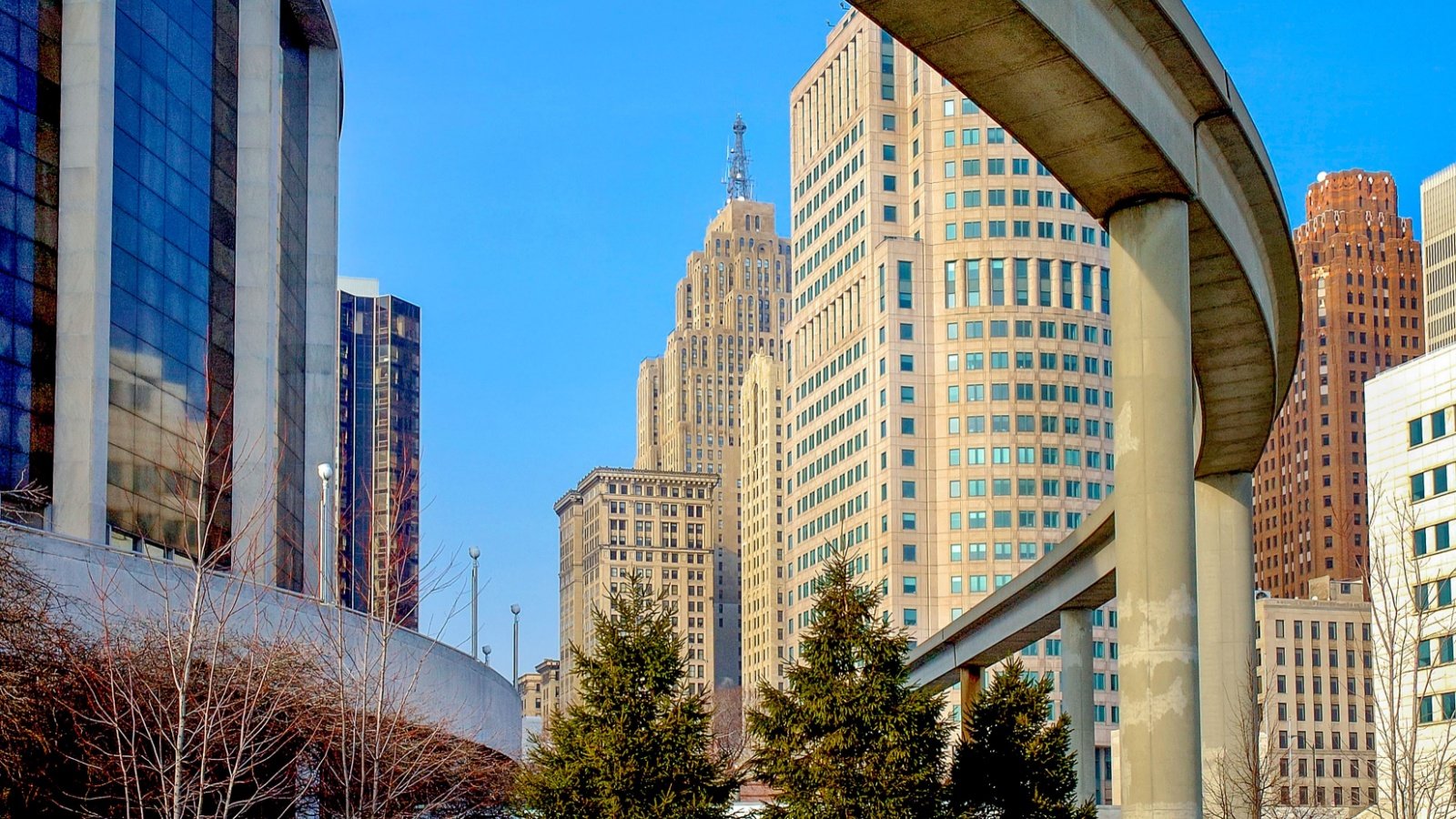
Detroit has experienced a fluctuating but generally high homicide rate due to various socioeconomic challenges. Economic decline and urban decay are often cited as contributing factors to the city’s crime issues. The local government continuously seeks solutions through revitalization projects and community engagement initiatives.
New Orleans, Louisiana
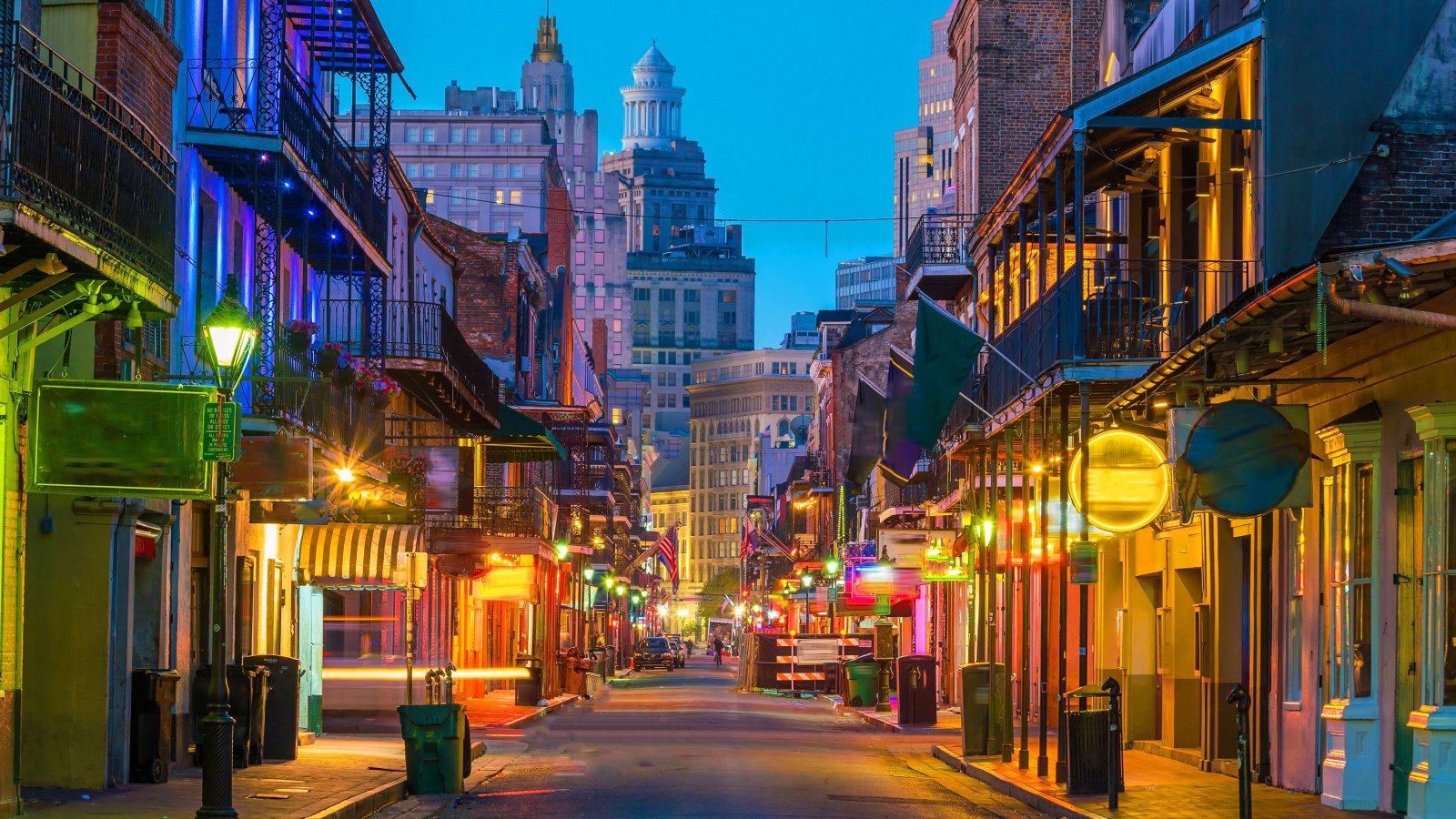
New Orleans, with its rich cultural heritage, also grapples with a high rate of homicides each year. Factors such as poverty, unemployment, and easy access to firearms are frequently blamed. The city invests in youth outreach programs and has implemented stricter gun control measures in response.
Cleveland, Ohio
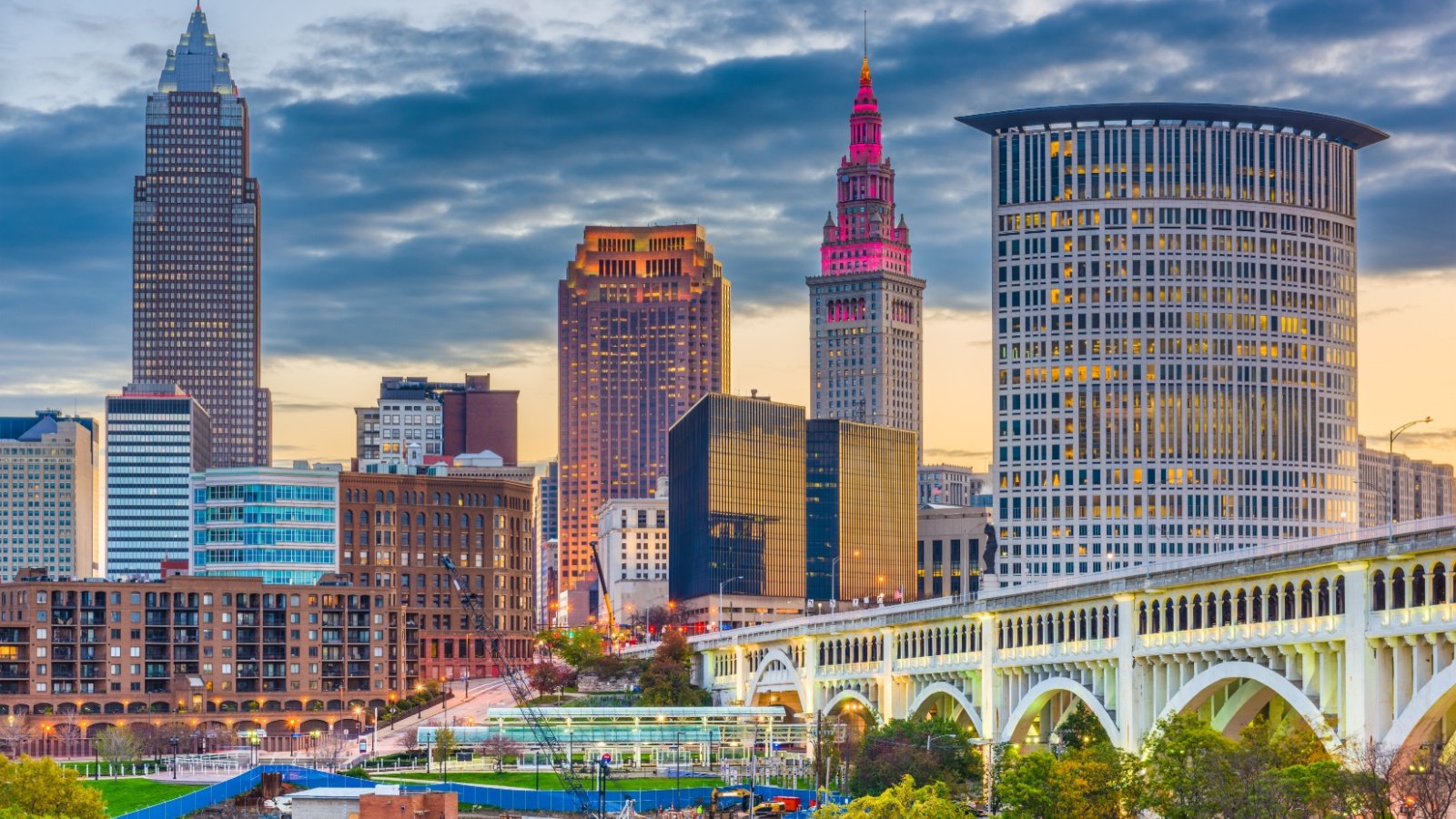
Cleveland has one of the highest homicide rates in the Midwest, influenced by economic hardships and high poverty rates. The city’s law enforcement agencies focus on community policing and partnerships with local organizations to address the root causes of violence. Despite these efforts, the city continues to face challenges in reducing its crime rate.
Kansas City, Missouri
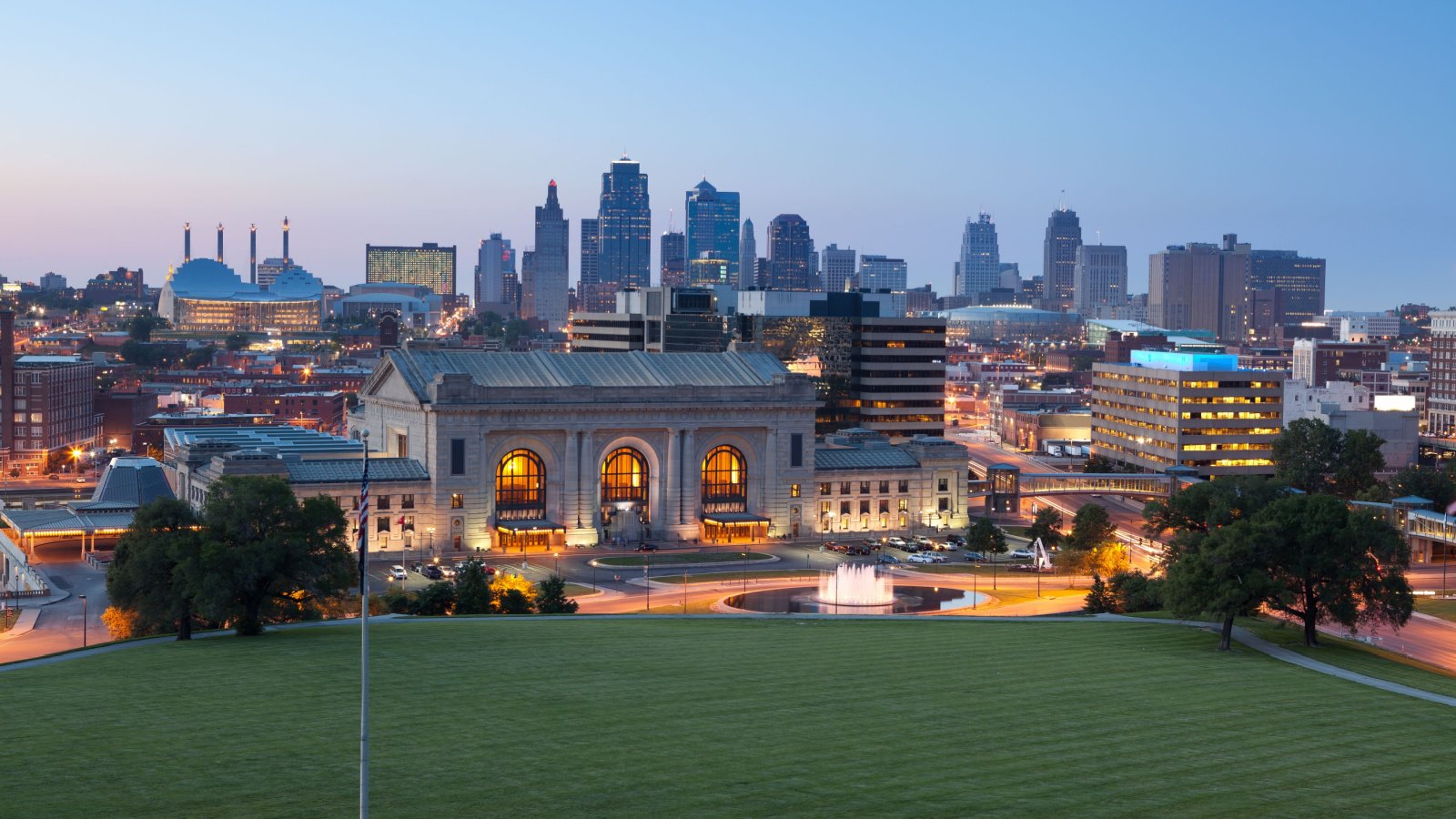
Kansas City sees a high number of homicides annually, positioning it as another city struggling with violent crime. Factors driving this trend include drug-related conflicts and domestic violence. City authorities have ramped up their anti-violence initiatives in recent years to combat these issues.
Memphis, Tennessee
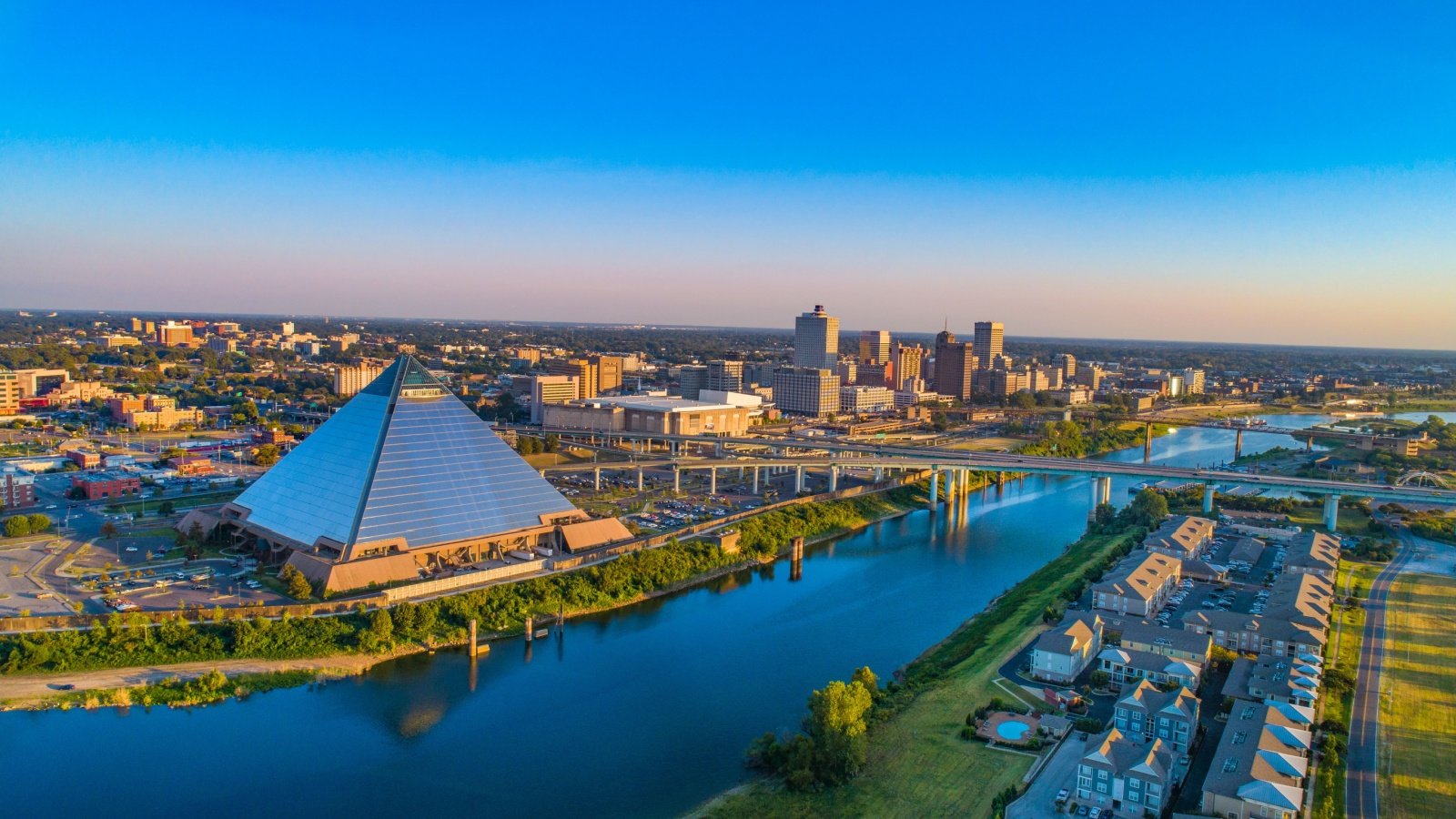
Memphis faces a persistent problem with violent crimes, particularly homicides, which often occur in cycles related to gang disputes. The city’s approach includes multi-faceted community support systems aimed at reducing youth involvement in gangs. However, systemic issues such as poverty and social inequality continue to fuel the violence.
Newark, New Jersey

Newark’s homicide rate is reflective of the broader struggles the city faces with crime. Initiatives to lower this rate include increased street patrols and surveillance technology. Despite significant investments in law enforcement and community programs, progress has been slow and uneven.
Chicago, Illinois
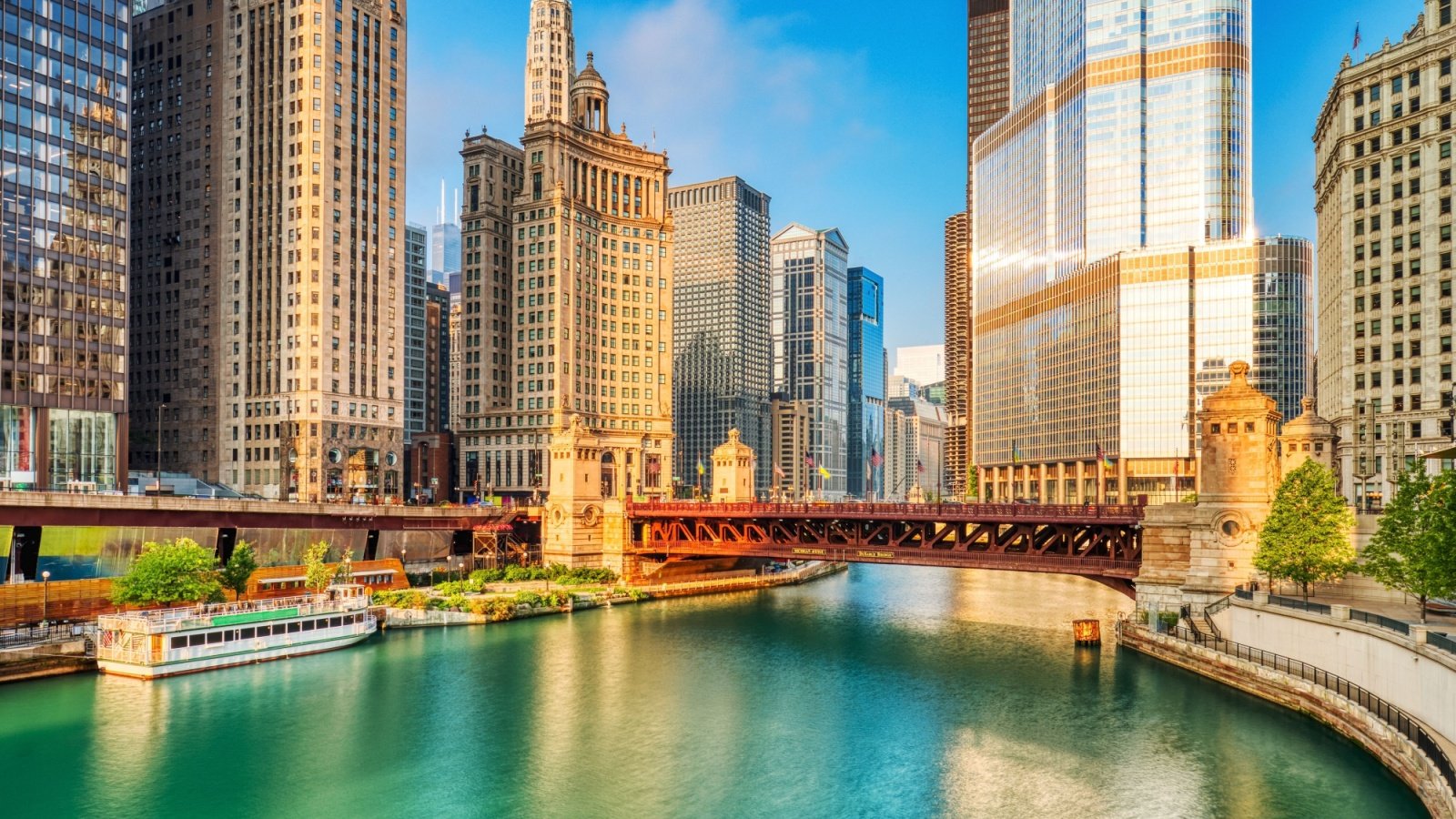
Chicago has a reputation for significant violence, particularly in certain neighborhoods where gang warfare is prevalent. The city’s extensive efforts to reduce homicides include community-based intervention programs and increased policing in high-risk areas. However, challenges such as illegal firearm trafficking continue to impede these efforts.
Philadelphia, Pennsylvania
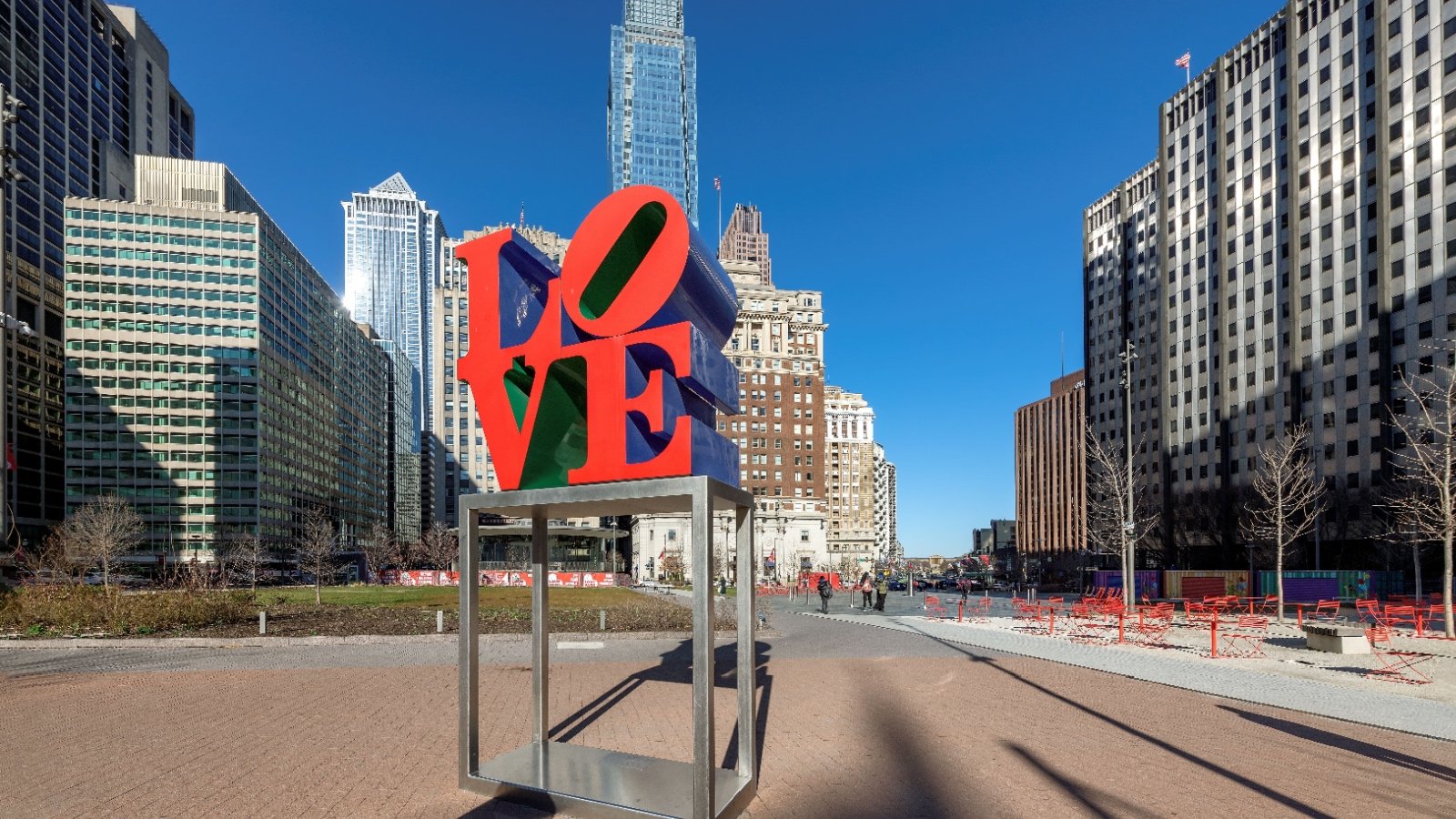
Philadelphia reports a high number of homicides, with rates fluctuating over the years but remaining concerningly high. The city’s complex social fabric, including widespread poverty and racial disparities, complicates efforts to reduce crime. Ongoing community outreach and improved policing strategies are part of the city’s approach to dealing with the problem.
Atlanta, Georgia
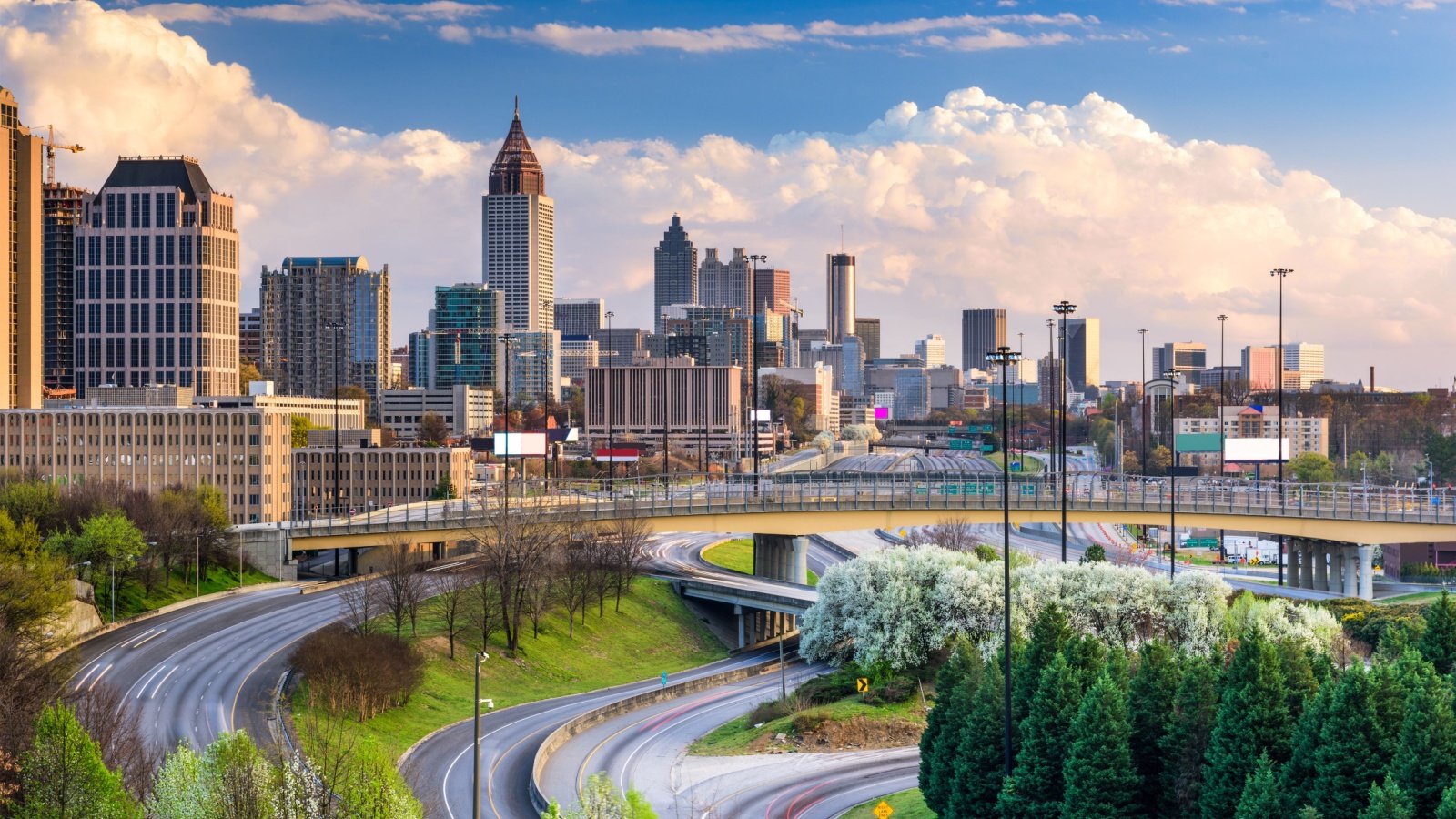
Atlanta, a major urban center in the South, faces challenges with violent crime, particularly homicides. The city’s vibrant nightlife and cultural diversity are overshadowed by these crime rates, which are spurred by factors such as inequality and limited economic opportunities. Atlanta is actively enhancing its community policing to address these issues effectively.
Milwaukee, Wisconsin

Milwaukee’s homicide rate is among the highest in the nation, with a notable percentage of crimes linked to domestic and gang-related disputes. The city is working on strengthening community relations and providing more support services to at-risk populations. Despite these measures, the road to significant improvement is long and fraught with challenges.
Albuquerque, New Mexico

Albuquerque struggles with a high homicide rate, driven by issues like drug abuse and domestic violence. The city is expanding its community policing efforts and has introduced more rigorous interventions in drug treatment. The complex interplay of addiction and crime remains a significant hurdle.
Oakland, California

Oakland faces ongoing challenges with violent crime, particularly homicides that are often gang-related. The city’s response includes a combination of law enforcement and community-led initiatives designed to engage youth and prevent violence. Despite progress, the fluctuating crime rate indicates a need for continued effort and adaptation.
Washington, D.C.

The nation’s capital reports a troubling rate of homicides, concentrated in specific neighborhoods that struggle with economic disparities. Initiatives to combat this include focused community development programs and enhanced police presence. The city also emphasizes education and job training to tackle the root causes of violence.
Indianapolis, Indiana
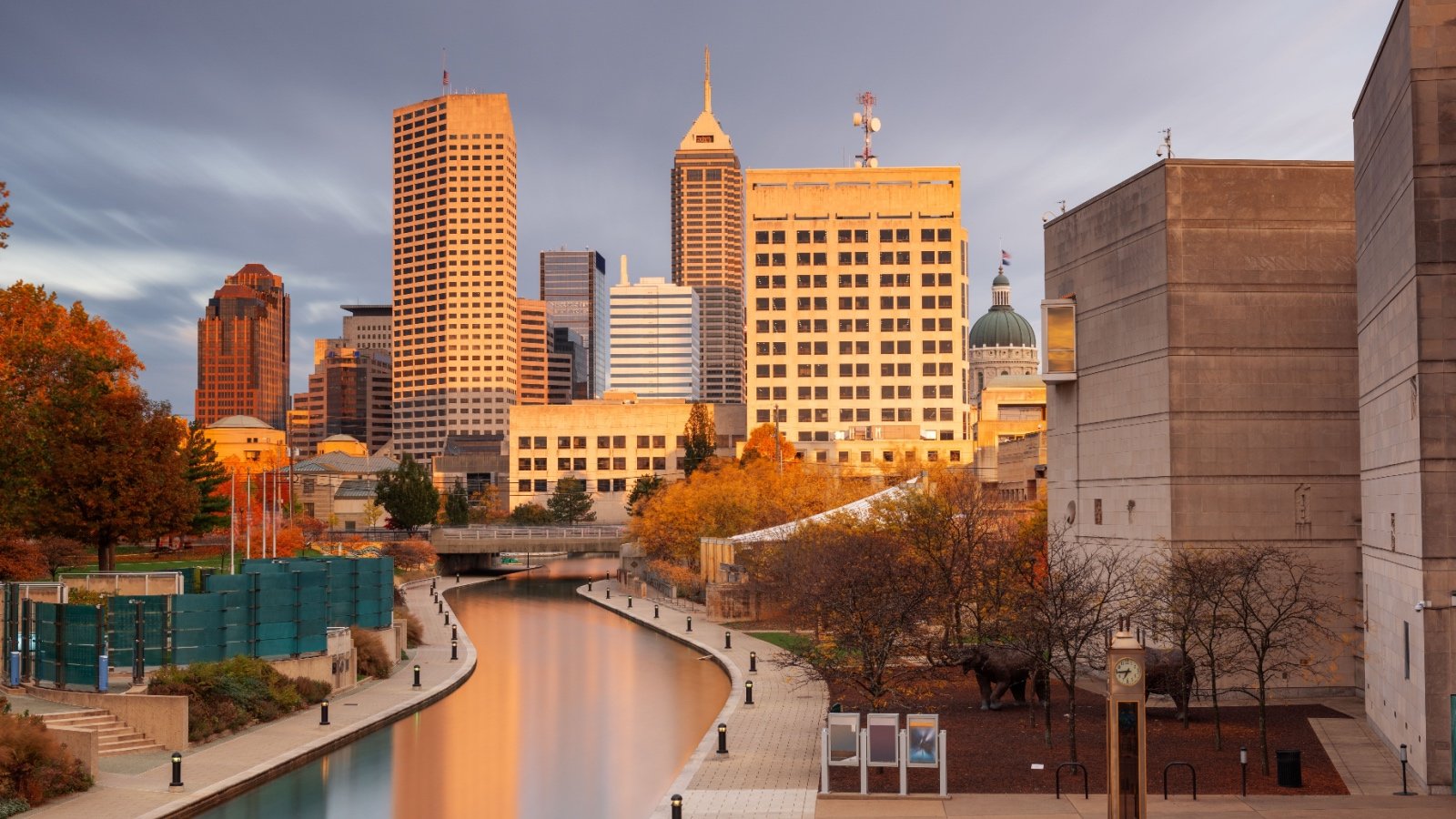
Indianapolis has seen an uptick in homicides in recent years, with incidents often concentrated in certain urban areas. The city is bolstering its community outreach and mental health services as part of a broader strategy to combat crime. These initiatives aim to address the socioeconomic factors contributing to the city’s crime rate.
Stockton, California

In Stockton, the homicide rate is significantly influenced by gang activity and poverty. The city has initiated several community-based programs aimed at reducing youth involvement in gangs. Continued focus on economic development and educational opportunities is seen as key to long-term improvement.
Baton Rouge, Louisiana

Baton Rouge has a high per capita homicide rate, which poses a persistent challenge for city officials. The city’s strategy includes tightening gun control measures and enhancing conflict resolution education in schools. Despite these efforts, Baton Rouge still struggles with violence stemming from a variety of complex social issues.
Louisville, Kentucky

Louisville’s increasing homicide rate has prompted the city to invest more in violence prevention programs. Efforts include partnerships between police and community organizations to improve safety in high-crime areas. The city is also focusing on reducing drug trafficking, which is a significant factor in the local crime rate.
Bridgeport, Connecticut
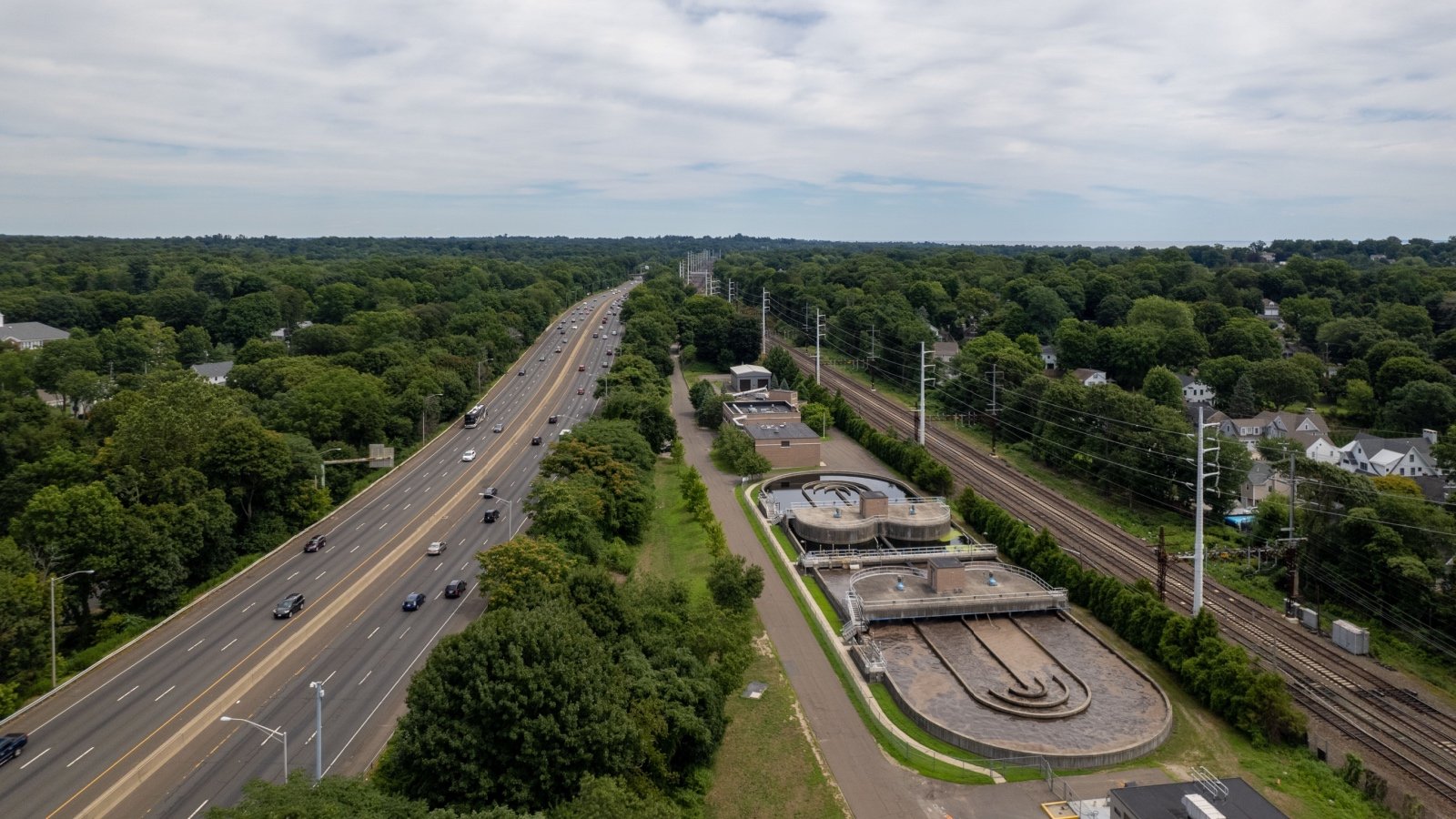
Bridgeport has one of the highest homicide rates in New England, primarily driven by drug and gang-related violence. The city’s police department is intensifying efforts to disrupt gang activities and cut down on illegal drug trafficking. Bridgeport is also increasing its investment in community programs that provide alternatives to crime for young people.
Tulsa, Oklahoma
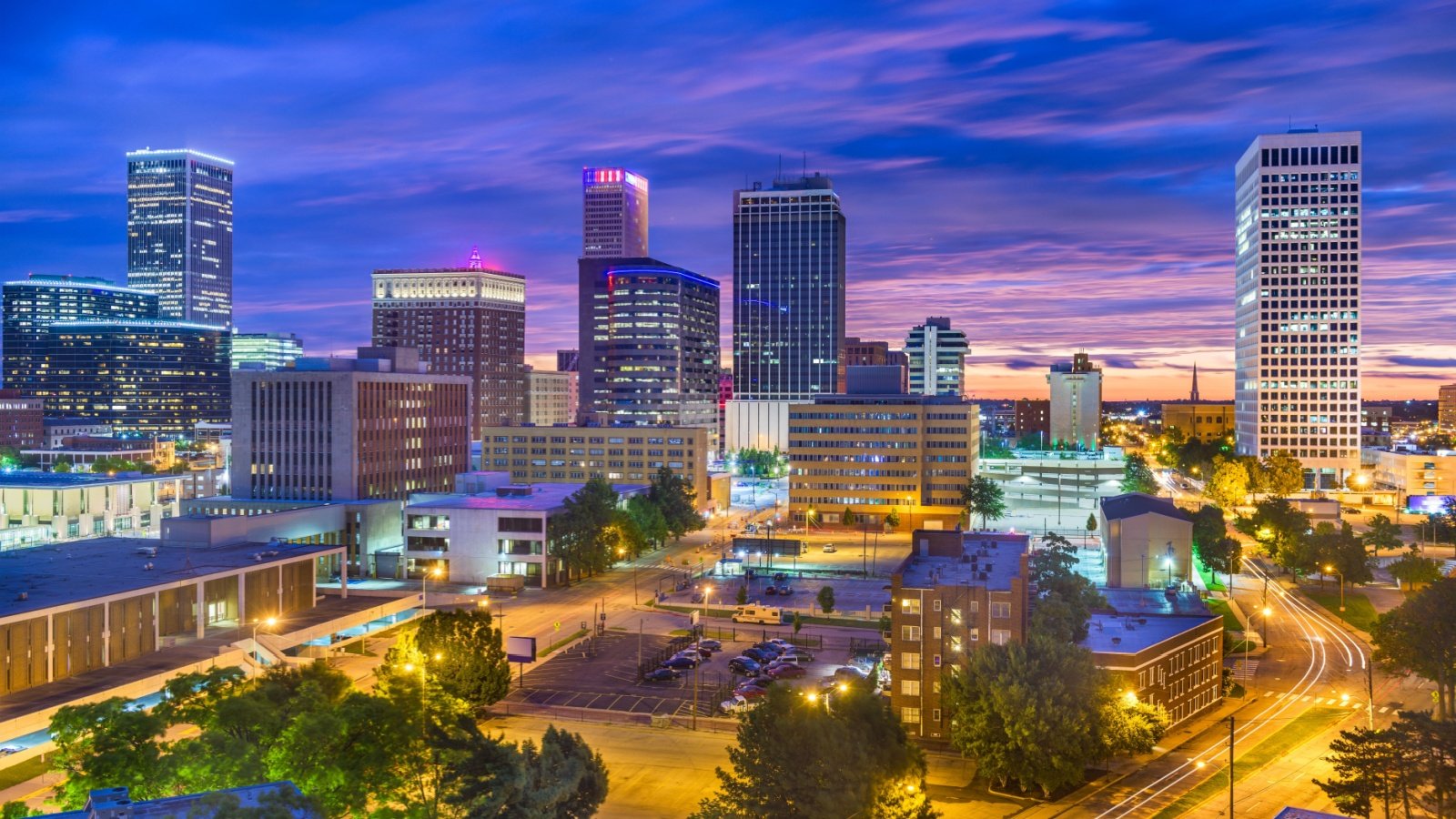
Tulsa experiences a high rate of homicides, with a notable number related to domestic disputes and personal conflicts. The city is enhancing its domestic violence programs and promoting conflict resolution training. Tulsa’s comprehensive approach aims to reduce violence through both prevention and intervention strategies.








